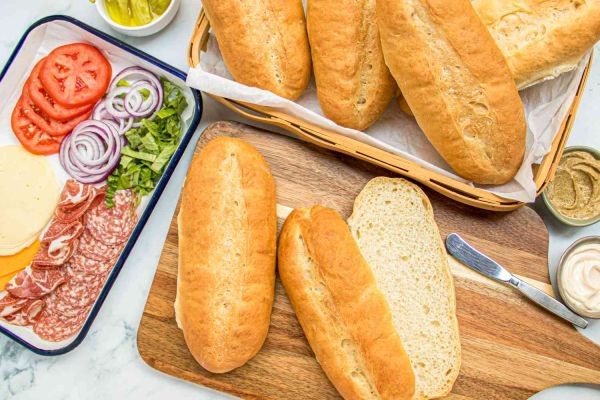The bread and roll market is undergoing significant transformation fueled by several notable trends that reflect changing consumer demands and advances in the bakery industry. As health awareness, convenience, and sustainability become key priorities for buyers, manufacturers are adjusting their strategies to meet these evolving preferences.
A primary trend shaping the market is the growing consumer interest in health and wellness. Increasingly, customers prefer bread products that go beyond basic nutrition to offer added health benefits. This has led to a surge in demand for whole grain, multigrain, and gluten-free breads, which are rich in fiber, vitamins, and minerals. Functional breads, which are fortified with ingredients like protein, probiotics, and antioxidants, are gaining traction among health-conscious consumers seeking to improve digestive health, boost immunity, or support specific dietary goals.
Artisanal and craft breads also continue to gain popularity. Unlike mass-produced breads, artisanal offerings emphasize traditional baking methods, unique flavors, and superior textures. Consumers appreciate the authenticity and premium quality that these products provide, often associating them with natural ingredients and hand-crafted care. This trend has encouraged bakeries to experiment with sourdoughs, ancient grains, and specialty seeds, catering to a niche but growing market segment.
Sustainability has emerged as a decisive factor influencing purchasing decisions. Modern consumers are increasingly concerned about the environmental impact of their food choices, leading to a preference for organic ingredients, eco-friendly packaging, and ethically sourced raw materials. This trend has pushed producers to adopt greener farming practices and reduce carbon footprints across the supply chain. Certifications such as organic, non-GMO, and fair-trade are frequently highlighted on packaging to appeal to environmentally conscious buyers.
Technological advancements are also influencing market trends. The rise of online grocery shopping and direct-to-consumer bakery models has revolutionized access to fresh bread and rolls. Subscription services and virtual bakeries allow consumers to receive customized products tailored to their preferences or dietary restrictions, enhancing convenience and variety. Furthermore, data analytics and digital marketing enable brands to target consumers more effectively, personalizing promotions and product launches.
Convenience remains a powerful market driver. Ready-to-eat, pre-sliced, and snack-sized bread products are increasingly popular among busy urban consumers who require quick meal solutions. This demand has encouraged innovation in packaging technology to maintain freshness and extend shelf life without preservatives, meeting consumer expectations for quality and convenience.
Globally, the bread and roll market is influenced by regional variations in preferences and consumption habits. Developed markets in North America and Europe show steady growth driven by premiumization and health trends, while emerging markets in Asia-Pacific and Latin America experience rapid expansion due to urbanization and increasing disposable incomes. These regions often see a blend of traditional bakery consumption alongside growing interest in western-style bread products.
Despite these positive trends, the market faces challenges such as rising raw material costs and supply chain disruptions, which can affect pricing and availability. However, companies that adapt through innovation and responsive strategies are likely to maintain competitive advantage.
Looking forward, the bread and roll market is expected to continue evolving with increased emphasis on plant-based and functional bakery products, greater sustainability initiatives, and expanding e-commerce penetration. Manufacturers that align with these trends and invest in consumer-driven innovation will be well-positioned to capture emerging opportunities and meet the demands of a dynamic market.


